Grave injuries. Few consequences: The heavy toll of NY police crashes
The heavy toll of NY police crashes
Syracuse police officers crashed their vehicles hundreds of times between 2013 and 2022, with some wrecks leaving civilians with lasting injuries.
A joint investigation between the S.I. Newhouse School of Public Communications, Central Current and USA TODAY Network-New York.
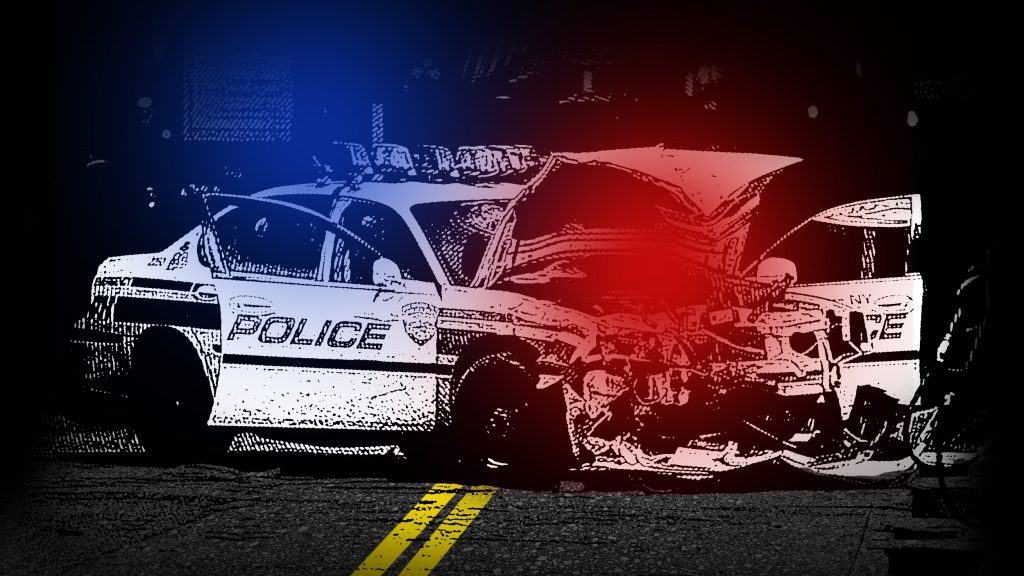
Deshane Levere was counting the blocks before she could make it home to bed.
It was a summer night at 3 a.m. She’d been at a family gathering and was a designated driver. Now, with her stepdaughters and another passenger safely aboard, she hit the gas at a green light in Syracuse.
Three blocks from home, she thought.
Out of nowhere, a police cruiser hurtled down Onondaga Avenue, despite the red light commanding traffic to stop. The police officer slammed into Levere’s four-door sedan on Bellevue Avenue, ripping off her rear bumper and sending her car careening.
Why didn’t she see or hear the cruiser coming? The police officer had not turned on his lights and sirens, she would later learn.
Searing pain enflamed her neck and spine. These were the first moments of the agony that would haunt her over the next decade — spreading through her back, her shoulder, her arms. Neither pain medications nor strenuous physical therapy would give her much relief.
Standing at the same intersection last summer, 10 years into a recovery that never happened, Levere’s eyes welled with tears.
Memories flooded back from a losing court battle here in this city of about 150,000 in upstate New York. Her lawsuit against police was tossed on appeal, leaving her with little recourse to offset the cost of life-altering back pain.
The police department and justice system, said the 52-year-old Black woman, seemed designed to protect the officer who caused the crash. It didn’t seem concerned about helping innocent victims.
“It’s like police can do whatever they want and get away with it,” Levere said, “and I’m still here picking up the pieces.”
Hers was one of many other lives that have been shattered by police officer crashes in hamlets and cities across New York.
USA TODAY Network-New York, in partnership with Syracuse University and with support from Central Current, investigated for the first time a 10-year span of these crashes in Syracuse and across New York. Our early data analysis shows that from 2013 to 2022, hundreds of collisions involving law enforcement vehicles on Syracuse roads exacted a heavy human and societal toll.
Officers faced little or no discipline after many of those wrecks, some of which left victims permanently injured.
Our investigation is digging into police crashes across New York, particularly in more populous counties like Monroe and Westchester, where authorities have only partially released data revealing the scale of police vehicle crashes. In Albany and Erie counties, our data shows hundreds of police accidents occurred between 2013 and 2022, and we’re pushing departments for access to more detailed records that would reveal the severity and cost of those collisions.
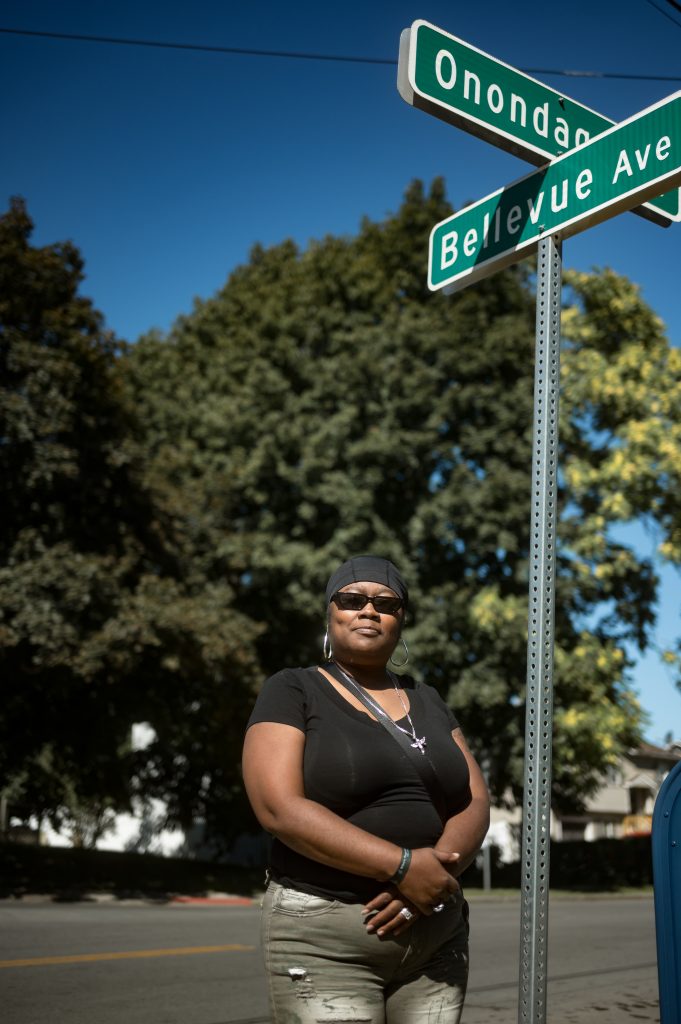
Journalists spent months interviewing dozens of crash victims, collision reconstruction experts, attorneys and driving instructors for this revelatory investigation. The broad team of career reporters, data experts, professors and journalism students analyzed thousands of pages of court records and data on police crashes, particularly pertaining to the Syracuse Police Department, our most complete set of information from one city so far. We found:
· Police officers with track records of unsafe driving sometimes just stay behind the wheel, despite piling up crashes that devastate the lives of New Yorkers.
· Penalties that officers face for driving recklessly are sometimes connected solely to how much they have damaged police vehicles. Have they also damaged civilians, not just cop cars? That question is limited or ignored altogether.
· Police departments handle most investigations of their own officers’ crashes, raising conflict of interest concerns and questions about officers who faced no discipline.
· In contrast, civilians must prove police acted with “reckless disregard” for safety to overcome broad legal immunity that shields emergency responders. The steep state legal standard helps police avoid crash lawsuits, win appeals or push to limit settlements.
· Thousands of police officers statewide need more emergency response driving training — both in academies and on the job. But we found that New York State driver training standards lag national trends. Instead, state officials are beefing up weapons training.
Put simply, police lack accountability and victims face massive barriers to justice.
If you’ve experienced a police vehicle crash in New York and would like to share your experience with us, fill out this online form.
Lifting the veil of police secrecy in New York
Across New York, we continue to fight for release of crash records, trying to lift the veil of secrecy covering thousands of police vehicle collisions.
The stakes couldn’t be higher, said Adam Hyde, vice chairman of the international Accreditation Commission for Traffic Accident Reconstruction. Flawed investigations could wrongly send a driver to prison for decades, or unnecessarily cost local governments millions of your taxpayer dollars in court.
The transparency problem can’t be ignored, said Hyde, who also is part of a reconstruction team overseeing officer-involved crashes in the Chicago area.
“At the end of the day, whether the officer is the victim, or the other driver is: They have the right to understand what happened,” he said.
Driving Force: The real cost of NY police crashes
Charles McLoughlin has been reeling since a Syracuse police officer slammed his cruiser into McLoughlin’s work van in 2013. For a living, he drove patients to doctor appointments. But the neck injury from the crash made it impossible for him to turn his head for simple things, like checking blindspots in traffic.
It meant he would never again be able to renew his commercial driver’s license. It cost him his livelihood.
A court battle over the crash dragged on for nearly a decade. At one point, McLoughlin sold his house due to growing medical bills and legal fees, leaving his native Syracuse to relocate to North Carolina.
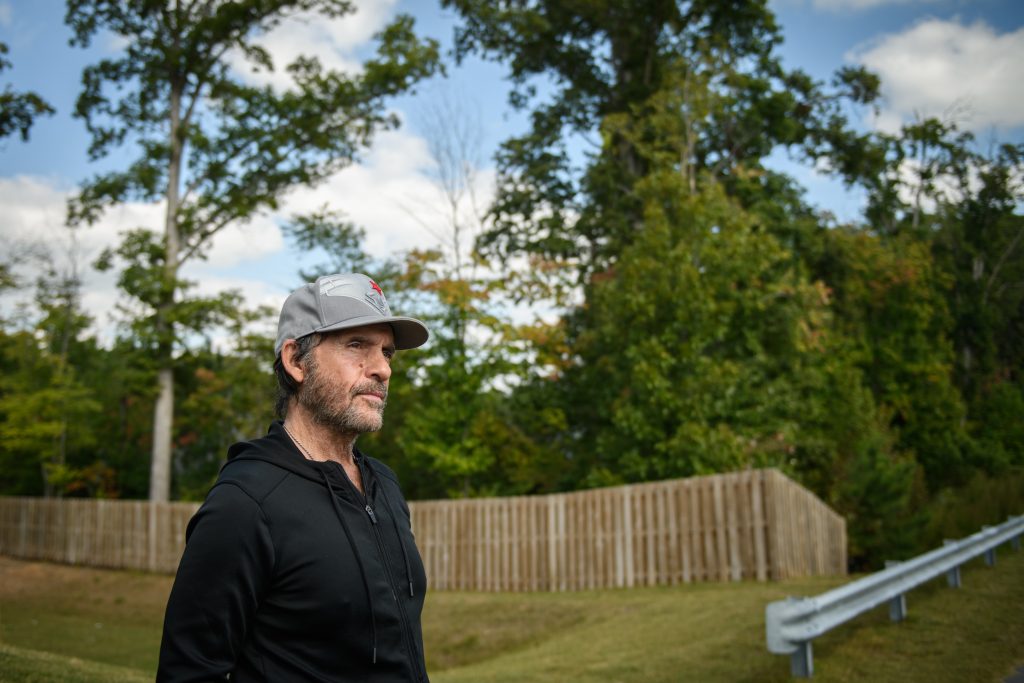
In the end, what McLoughlin described as pre-trial legal tricks — including the city hiring a high-powered outside legal firm that uncovered new black-box evidence — led him to take just a $49,500 settlement.
After paying legal fees, the 72-year-old grandfather was left with about $27,000 and a mountain of debt.
“I’m stuck with a bad neck for the rest of my life,” he said. “And once I paid everyone off, I ended up with almost nothing.”
What Syracuse is doing about police crashes
In Syracuse, Police Chief Joseph Cecile has spent untold hours behind closed doors with top police brass, debating everything from police union contracts to plans for curbing officer misconduct in the department that employs approximately 400 officers.
Most of those talks came as Cecile clawed his way up the police department’s ranks over the past four decades. But his pleas to take a deeper look at why officers kept crashing so many vehicles always lost out to other priorities, as police chiefs came and went.
That changed when Cecile finally climbed to the public safety building’s fourth floor in April 2022, taking over as chief. “There’s a drastic difference between being one of the people at the table and then being the person who’s able to make the final decision,” he said.
Our investigation underscores how far Cecile must travel to unravel deeply entrenched departmental failures.
Some of the USA TODAY Network-Syracuse University-Central Current key findings on Syracuse Police crash data and records from 2013 to 2022:
· The department let bad drivers stay on the road.
· Syracuse PD’s worst offenders had as many as five crashes in this decade-long period. About 70 officers had multiple crashes on their records.
· About 237 police officers involved in Syracuse crashes faced limited accountability. Two-thirds of them got toothless discipline — written reprimands. Only 3% of officers faced the punishment of losing seven days’ pay.
· Several crash investigation reports in Syracuse lacked basic evidence gathering elements, such as interviews of relevant witnesses or speed information from event data recorders, the “black boxes.” Flawed crash reports at times made suing the city more difficult, as victims’ cases floundered without crucial details.
· At least 700 police-involved crashes resulted in zero discipline for officers. The department cleared officers of wrongdoing in most of those incidents, including scores that severely damaged taxpayer-funded police cars.
· Some of those zero-discipline cases involved injured civilians.
Syracuse police took a crucial step in 2021 to reduce the trail of economic and human suffering caused by these crashes. Officers started getting emergency vehicle operations course training each year, as opposed to sporadic post-academy training.
Autumn of 2023 marked the end of caps on penalties established in their police union contract that had shielded reckless behavior from consequences.
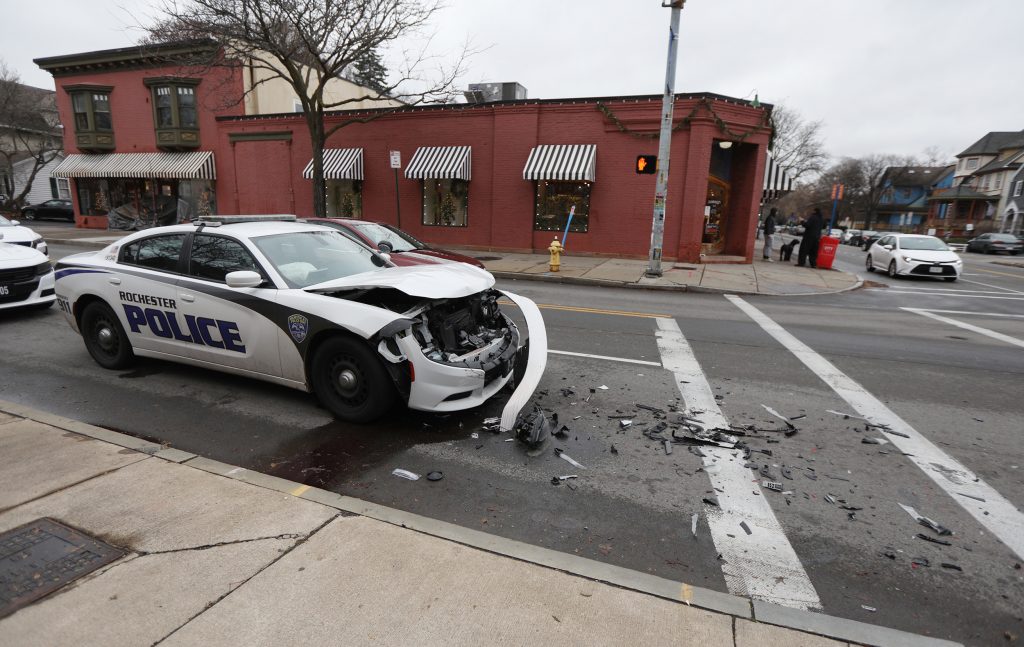
In September, after our investigative team questioned the discipline policy, the department imposed its first five-day unpaid suspension on an officer who crashed a cruiser into a house. It added to the highest possible seven-day furlough under the union discipline scale, which varies solely based on the amount of damage done to the police vehicle. The cop ended up losing 12 days of pay.
“We wanted to send a message to the officers out there that this was a potential as well,” Cecile said of the unprecedented discipline.
The department, he added, would “go to the mat” to fight any union attempts to challenge his new progressive discipline directive.
After the crash: What happens when police hit you?
Buried in hundreds of pages of investigation reports and police data are crucial details about what causes law enforcement crashes, as well as keys to curbing the destruction.
The documents and data showed hundreds of police-involved crashes in Syracuse seemingly boiled down to everyday careless driving mistakes. Take the one officer who took his eyes off the road to dig through a bag before rear-ending another driver at a red light.
Other officers were driving too fast for icy conditions. Some police sideswiped parked cars, backed into other cop cars and utility poles or clipped civilian motorists while changing lanes unsafely.
The findings underscore the stark reality that many police officers across the country view assertive driving as a necessary risk in their line of work, federal research shows.
Put differently, many police buy into the false narrative that their crashes are inevitable and unavoidable.
“It isn’t always cops driving fast because they’re on some power trip,” said Hope Tiesman, a research epidemiologist at the National Institute for Occupational Safety and Health.
Scores of other crashes in Syracuse touched on everything from policing technology in vehicles to training officers receive to drive safer during emergency responses. They included the most dangerous collisions during high-speed pursuits or at intersections when officers run red lights.
Many of those law enforcement-related crashes spotlighted the fact their jobs, at times, can require split-second life-and-death decisions.
“A second or two may not seem like a lot of time, but at 60 to 70 miles per hour, it makes quite a difference,” said Albert Liebno, executive director of Maryland’s police driver training program.
Those precious moments pass even faster for inexperienced cops dealing with the laundry list of policing tech in their vehicles — from cellphones and dispatch radios to mobile data terminals and emergency lights.
“It’s like driving a fighter pilot jet with the number of distractions police have,” Tiesman said.
Are police investigating police?
The USA TODAY Network-Syracuse University team explored conflict of interest concerns by analyzing a dozen lawsuits filed against Syracuse police, revealing the fullest picture yet of how one city investigated crashes and handled resulting civil lawsuits.
In at least six cases, witnesses and victims disputed police accounts of crashes, including claims about speed and use of emergency lights or sirens. Outside experts hired by two victims, including McLoughlin, also asserted some of the police department’s crash reports and collision reconstructions contained flaws.
“At best,” one expert wrote, the police crash investigation was “cursory and incomplete.” Another expert declared the police produced “an insufficient report to prove cause or fault” in a crash that left a bicyclist with a traumatic brain injury, which contributed to the city agreeing to pay out a $700,000 settlement.
In McLoughlin’s case, two officers traveling in one police cruiser were responding to a high-priority call — a suicidal man with a firearm barricaded alone in a house.
Then came a series of bad emergency response decisions. One of the officers questioned the need for their urgent response in the first place, citing the fact police had already established a staging area at a nearby high school.
Officer Jacob Breen decided to hit the gas, according to court records. Speeding by up to 15 miles per hour over the limit, he passed a line of traffic on the right. The cruiser slammed into the heavy-duty medical transport van being driven by McLoughlin, who was turning left across the four-lane road.
Strikingly, the city’s crash investigation ruled McLoughlin caused the crash by “failing to yield” to the cruiser. But in tossing the city’s request for emergency responder immunity, an appeals court cited the questionable police investigation.
McLoughlin’s expert noted the probe consisted of the department’s crash investigator who “simply walked the scene, interviewed both drivers, and took some photographs.”
The police officer’s “excessive speed in the right-hand lane, in an area of heavy traffic, without a siren, and possibly without lights, violated departmental regulations and was in reckless disregard for the safety of others,” the court concluded.
Yet that victory ultimately proved all but symbolic for McLoughlin, who remains tormented by his doubts about the police investigation and decade-long court battle.
“I just didn’t know what to do and got frustrated and worried I could end up with nothing,” he said. “I settled, and it wasn’t good.”
Still, the unraveling of crash investigations in court, in many ways, raised concerns that local and state policies proved inadequate in limiting potential conflicts of interest.
‘Change is slow’
Scattershot efforts to reduce police crashes in the past decade have only made halting progress across the country. Some cities have limited high-speed police pursuits to violent felonies or other serious crimes, but similar statewide efforts in Washington and New Jersey derailed in the face of police union pushback and rising auto thefts.
At the same time, revelations are mounting about thousands of innocent bystanders killed nationally during high-speed police chases, as well as skyrocketing costs of legal settlements. The havoc wreaked by crashes made all the more devastating as SUVs become the new standard for patrol vehicles.
The resulting carnage is distressing: About 52,000 Americans injured in crashes involving law enforcement vehicles in pursuit from 2017 to 2021, the most recent federal data show, while fatal police pursuits cost nearly 2,400 lives.
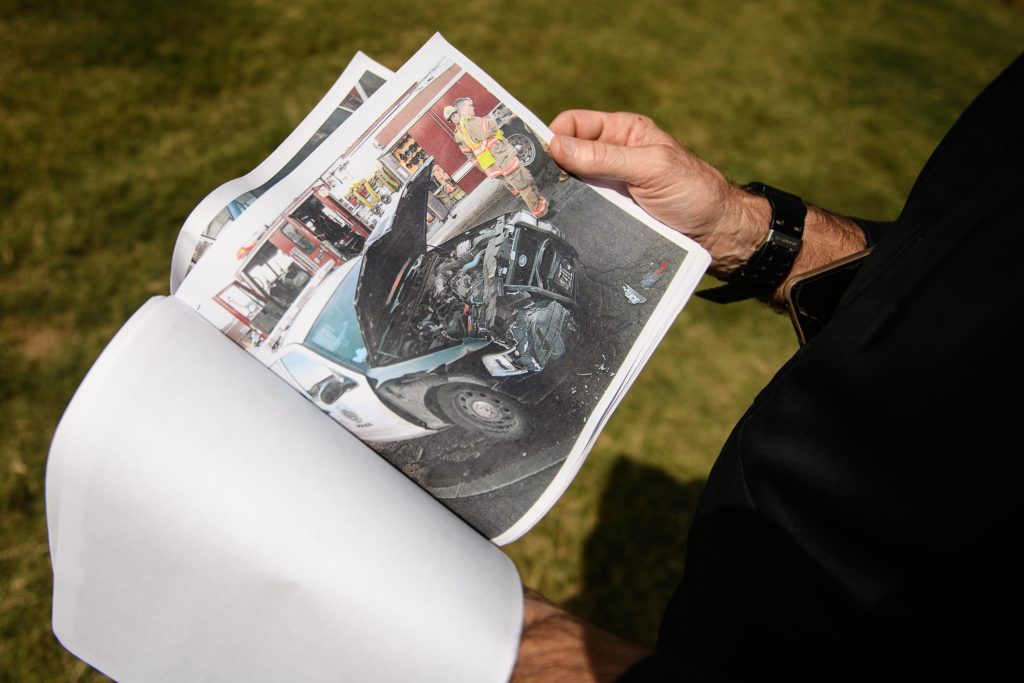
And it is getting worse, with injuries per year spiking 84% over that period. The true toll is also assuredly higher because these estimates lack the tally of people injured in thousands of additional non-pursuit crashes.
Those statistics get even grimmer considering evidence-based solutions for reducing police crashes exist, such as a federally backed program that reduced Las Vegas police crashes by 14% and injuries by 31%.
“Change is slow and just because you build it doesn’t mean they come,” said Tiesman, the federal expert who spearheaded the Vegas turnaround that included speed caps, mandatory post-academy driver training, new pursuit policies and other officer education.
What we uncovered in New York so far offered a blueprint for driving positive change here and beyond. From police chiefs to state lawmakers, we will keep asking these tough questions and getting answers New Yorkers deserve.
The uneven path to justice
For Levere, the path to justice was permanently closed by an appeals court ruling that killed her lawsuit against Syracuse police. She still sees the path, though. Clearly.
Maybe it is one someone else will be able to navigate, she thinks, after police ruin their lives.
“If anybody else did what that officer did, they’d be at fault,” Levere said recently, standing at the crash site on Onondaga Avenue in a quiet neighborhood with tree-lined streets.
It was at that corner that a Ford Crown Victoria police cruiser responding to an emergency call struck Levere’s Chevy Malibu on June 22, 2013. Officer Eric Gerace rushed to her car and immediately apologized for causing the crash, in which she did nothing wrong, court records show.
About four years out of the police academy, Gerace had not activated his cruiser’s emergency lights and siren as required for handling the top-priority 911 call involving screams for help. An appeals court, however, later determined Gerace still did enough to try to avoid the crash, thus disproving any “reckless disregard.”
Police data obtained by our investigative team shows Gerace also didn’t face discipline for the crash. The damage to his cruiser topped $2,500, casting doubt on the collision speed and impact cited in the appeals court ruling, the data show.
Back at the Syracuse intersection that changed her life forever, Levere watched traffic flowing by for a moment. Beneath the clear blue sky and glaring sunlight, her mind was stuck in the darkness of that fateful night a decade prior.
Levere shook her head in despair — wincing at the familiar feeling of pain signals being transmitted across her nervous system — and thought about the next driver who might be forced to share her existence.
She asked: “When are they going to stop police from hurting people?”
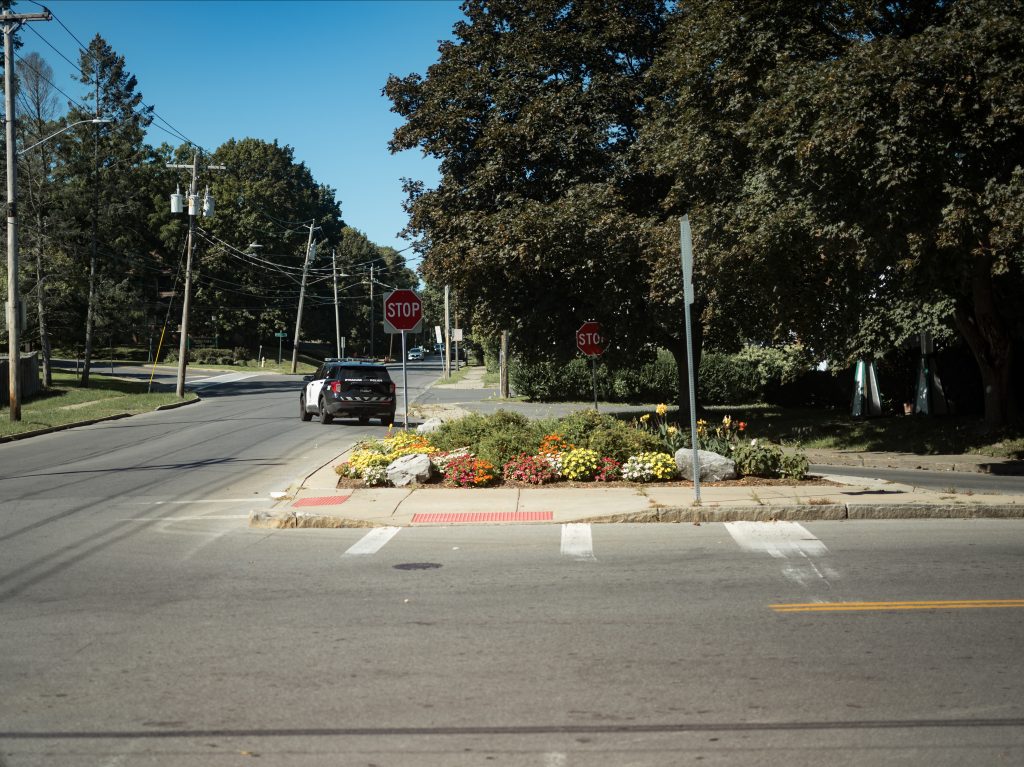
What’s your story?
Have you been hit by a police vehicle as a pedestrian, bicyclist or driver? Have you faced damage to your property in the aftermath of a police vehicle crash?
We want to hear your story, and your questions that remain after the experience. Fill out our online form, or scan the QR code if you’re reading this story in print.
This investigation will continue into the early summer. You may be contacted by our reporters for further details about your experience as part of our continuing coverage of police vehicle crashes.
More from Driving Force
Do NY police officers get enough training to curb vehicle crashes?Emergency driving training makes up just 3% of an officer’s training time in New York, raising questions about whether that’s enough to curb crashes.
Troy Police Officer Justin Byrnes rammed his cruiser into Sabeeh Alalkawi’s vehicle at 88 miles per hour in the early hours of Feb. 22, 2023, killing Alalkawi, a father of twin sons who was heading back to his workplace.
About this project
This story is part of Driving Force, a police accountability project meant to expose and document the prevalence of police vehicle accidents in New York.
This joint investigation between USA TODAY Network-New York and Syracuse University’s S.I. Newhouse School of Public Communications was supported with funding from the Data-Driven Reporting Project. That project is funded by the Google News Initiative in partnership with Northwestern University-Medill.
This reporting was completed in partnership with Central Current, a Syracuse-based nonprofit newsroom.
Reporters, visual journalists, editors, designers and project partners include Maria Birnell, Evan Butow, Kayla Canne, Daniel DeLoach, Anna Ginelli, Jon Glass, Seth Harrison, Nausheen Husain, Hayden Kim, Annabella Leuzze, Chris Libonati, Beryl Lipton, Tina MacIntyre-Yee, Peter Pietrangelo, William Ramsey, David Robinson, Kyle Slagle, Eden Stratton, Sarah Taddeo and Jodi Upton and Marili Vaca.
